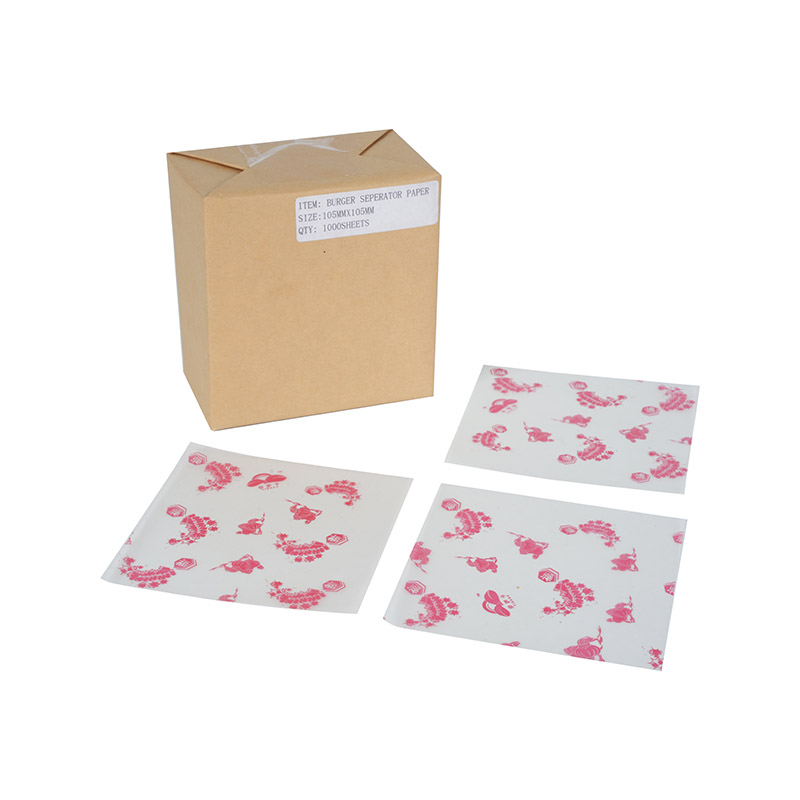Candy wrappers serve many purposes, starting with preservation. Candy, particularly chocolates, is susceptible to a variety of environmental factors like moisture, heat, and air. A well-designed wrapper acts as a protective barrier, shielding the contents from these elements. This is especially important for candies with delicate coatings, fillings, or ingredients like caramel, which could easily melt or degrade if exposed to air or humidity. Wrappers also help maintain the candy’s freshness and flavor by keeping it sealed and protected from contaminants.
In addition to functionality, candy wrappers are a canvas for branding and visual appeal. The design of a candy wrapper is a crucial part of a product’s identity. The color scheme, logo, font style, and overall imagery can all influence a consumer’s perception of the candy. Bright, bold colors often evoke feelings of excitement and joy, while pastel hues may feel more sophisticated or calming. A wrapper’s design isn’t just about looking good—it’s a powerful marketing tool, and companies spend a lot of time considering the psychological impact of packaging on potential buyers.
Take a moment to think about the candy aisle in a store. The packaging of each product competes for your attention, and studies have shown that the appearance of the wrapper plays a major role in consumer behavior. Whether it’s the playful images on a gummy bear packet or the luxurious, metallic wrapping on a high-end chocolate bar, the packaging conveys an important message to the buyer. It speaks volumes about the brand’s identity, quality, and target audience.

There’s also an environmental side to candy wrappers that can’t be overlooked. As sustainability becomes a growing concern for both consumers and companies, there’s an increasing demand for eco-friendly alternatives in packaging materials. Traditionally, many candy wrappers are made from plastic, foil, or a combination of both. These materials, while effective in preserving freshness, often take a long time to decompose and contribute to the ever-growing plastic pollution crisis. In response, many brands are now exploring biodegradable, recyclable, and compostable wrapper options. For instance, some companies are turning to plant-based plastics or paper wrappers that are both functional and better for the environment.
Moreover, the shift toward more sustainable packaging doesn’t just benefit the planet—it can also be an attractive selling point for consumers. Today’s buyers are more conscientious than ever about the environmental impact of their purchases, and they’re willing to support brands that align with their values. For candy companies, adopting eco-friendly wrappers isn’t just a trend—it’s an opportunity to connect with consumers on a deeper level.
When it comes to design trends, there’s also a noticeable shift toward minimalism in the candy wrapper market. Over the years, we've seen an evolution from elaborate, busy designs to more refined, simple aesthetics. This change in design reflects broader consumer tastes, as modern shoppers often gravitate toward cleaner and more sophisticated packaging. The minimalist style doesn’t mean boring, though—it’s about subtlety, elegance, and making a statement with less.
The evolution of candy wrappers has come a long way, from the days when most wrappers were just plain foil or wax paper. Today, a candy wrapper can be a work of art, a marketing tool, and a sustainability champion all in one. It’s fascinating to think about how such a small piece of packaging plays such a significant role in the entire candy experience. So, the next time you unwrap a piece of your favorite candy, remember: it’s not just protecting your treat; it’s also part of a larger story—a story of design, marketing, sustainability, and craftsmanship.


 English
English русский
русский










